Apple revealed a dramatic upgrade to Personas in visionOS 26 that makes them look much more realistic. Here's how they compare to the older versions.
When Apple first revealed Personas for Apple Vision Pro, they took on a somewhat blurred, stiff structure that struggled with detail. Beards and hair became flat, eyelashes disappeared, and expressions were limited.
Personas got an upgrade in visionOS 2 that provided more detail and expressions, which also included the Spatial Persona update, but it was an improvement of the same rather than a rethink. What Apple has created in visionOS 26 is a completely rebuilt experience that looks and feels more natural.
There's an expression often applied to video games called uncanny valley — a point in which a digital representation of a person or object causes a psychological reaction due to it not quite being accurate to real life. The original Personas were well within that weird region that made them off-putting, even creepy.
The second iteration helped pull away from uncanny valley, but only just. Still images looked great, but some movements, facial expressions, and features were off, especially in motion.
See as much in the Spatial Persona video captured on visionOS 2.
For example, my eyes were pretty much in a permanent squint with the original versions of Personas. The new one accurately shows my face, my expression, and even small aspects of my face's geometry are visible.
My hair isn't perfect, but it's the closest it's been. Also, the Persona finally has visible 3D ears, which helps with the illusion.
Previously, the Persona looked like a foggy video game character. Now, it looks more like I'm using a video chat app to light my face and add a digital background.
Blow up the image to full screen and you'll see it'll be obvious this isn't a real photo of a person. Details are pixelated and textured in a way that's unnatural.
However, in a video call environment, or when used as a Spatial Persona, there's enough detail to fool you into thinking you're seeing the real deal. At least, until that person moves.
Photos can't show the animation of how this digital mold moves around, but it's still not quite right. Pieces of the facial geometry, like edges of the lips or eyebrows, kind of clump together in an obvious way.
There's also the fact that Personas only animate the front two-thirds of a person's face and head. Apple has stretched this back and added geometry to the ear, but you're still going to see empty space behind the person.
The Persona setup process hasn't changed. You still scan your face by taking off Apple Vision Pro, then after a few seconds, the Persona is generated and you customize the lighting and add glasses if desired.
Apple's attempts to create realistic avatars for Apple Vision Pro had a rocky start, but the third iteration shows how much progress has been made. By the time devices running visionOS become more ubiquitous, the Persona will likely be nearly indistinguishable from the real thing.
Personas are a necessary development
Sure, today a Persona seems a bit silly when you could easily take a FaceTime call or meeting from a different device you certainly have in your home or office. However, there's a good chance that will change as XR devices become more commonplace.
Imagine being able to hold a FaceTime call with someone without needing to hold your iPhone up to your face. Sure, there's stands and desk mounts too, or just a good old-fashioned monitor webcam, but those are fixed points in a space.
Personas let users take a call hands-free without needing to worry about a camera's position or the lighting in a space. Your Persona's hair, makeup, and complexion are always ready to go, so there's no need to worry about those rings under your eyes.
Today, only a limited number of people have access to Personas, but that should shift dramatically once lower-priced visionOS products start shipping. Also, Apple could try bringing a version of Persona to iPhone, iPad, and Mac to widen adoption.
Instead of taking a call with a Memoji, dinosaur head, or look-altering filters, a digital puppet that looks like you is standing by. It seems like an obvious next step and one Apple could use to help transition people to the 3D avatars.
Something else Apple should consider for Personas is the ability to create and store multiple versions. Different hairstyles, outfits, makeup, or glasses could be used to have a Persona that fits every setting or call.
I believe Personas have already gotten good enough for general use, but they're certainly not socially acceptable. Use one in a call with your spouse or family today, and you'll likely get told to leave the call.
If Apple wants this technology to truly take off, it needs to be everywhere. There's a future where you might see a CNBC analyst call held with a Persona in a virtual environment instead of a home office.
visionOS 26 is expected to release with the new Persona upgrades in the fall. It is currently available via developer beta.
 Wesley Hilliard
Wesley Hilliard

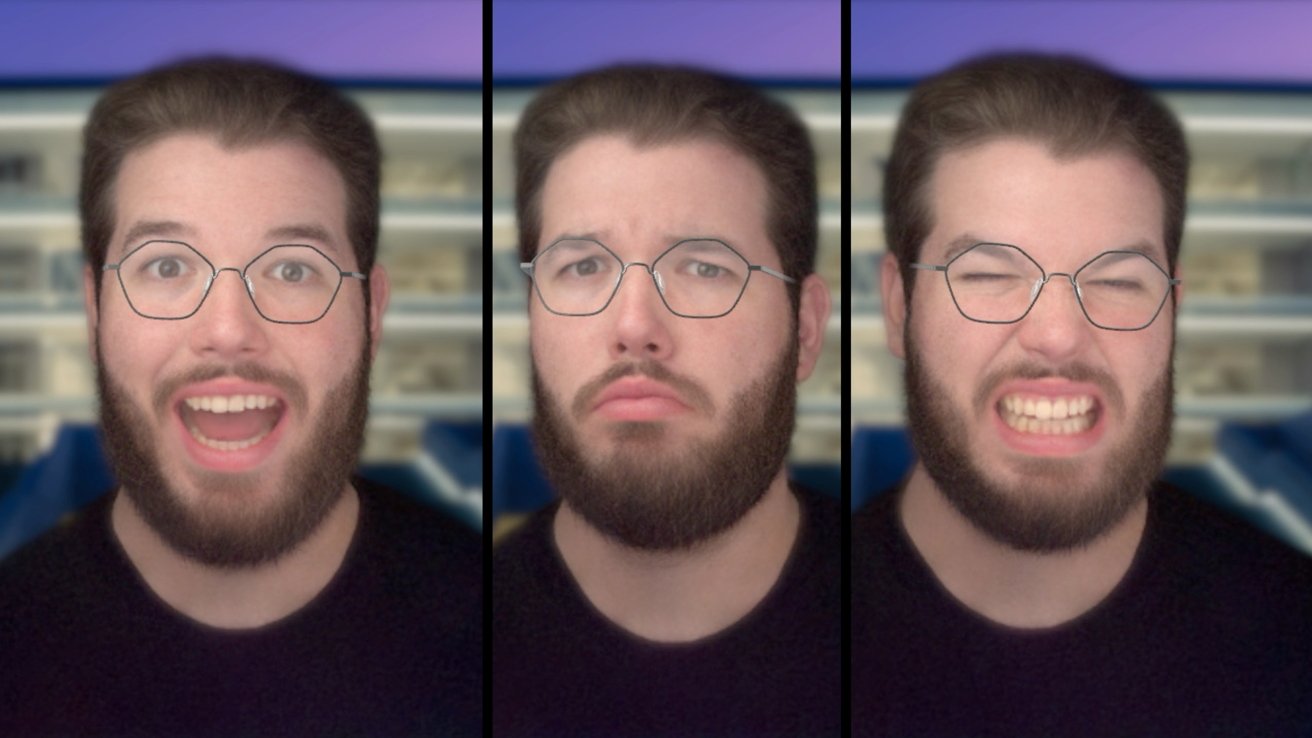

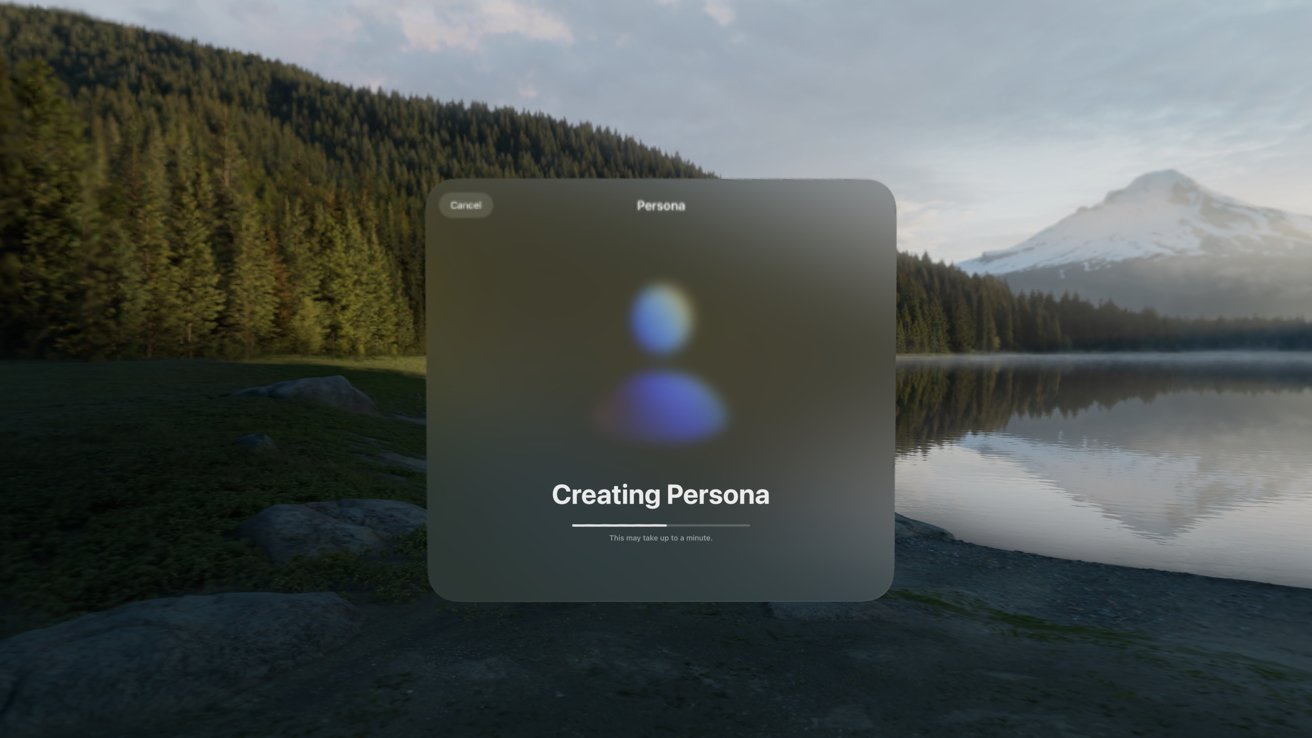
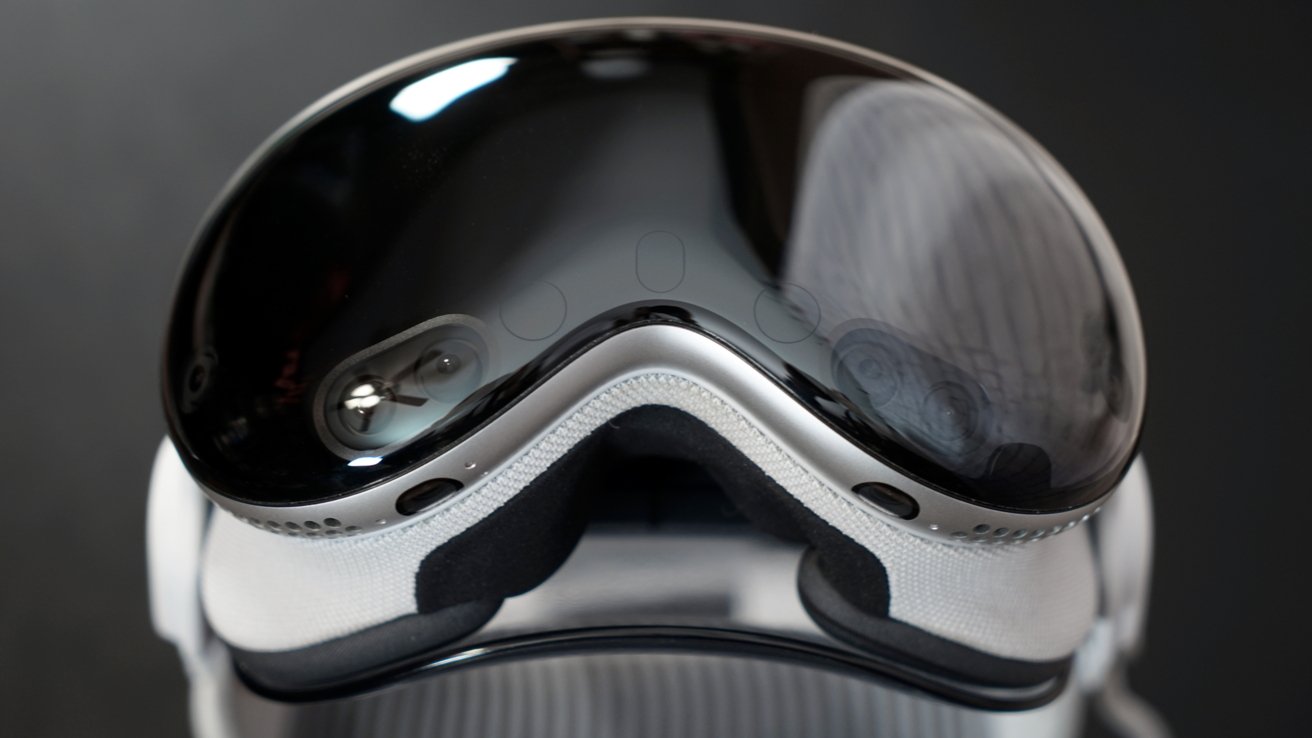
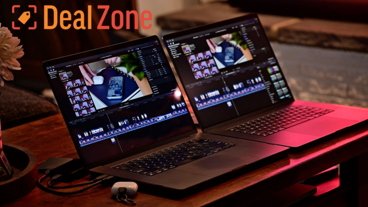
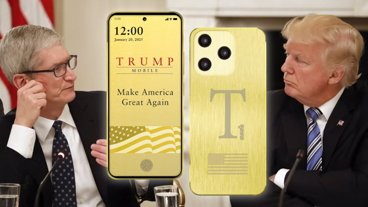

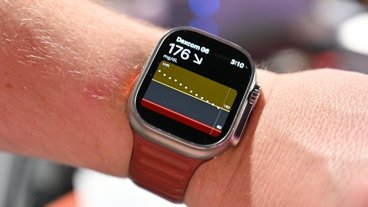


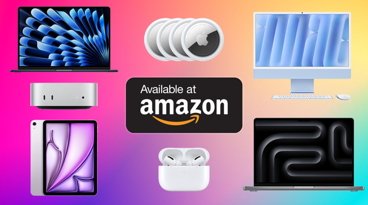
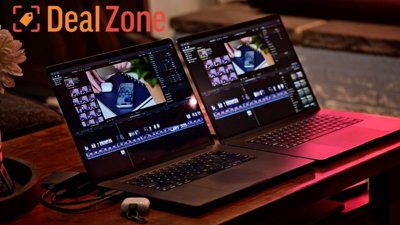
 Christine McKee
Christine McKee
 Chip Loder
Chip Loder
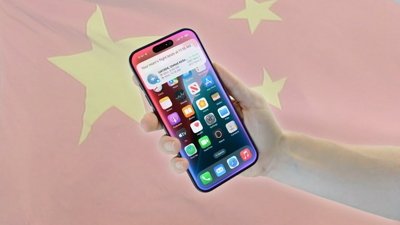
 Marko Zivkovic
Marko Zivkovic
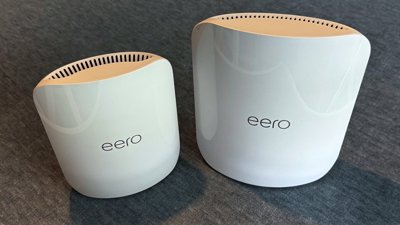
 Mike Wuerthele and Malcolm Owen
Mike Wuerthele and Malcolm Owen
 Malcolm Owen
Malcolm Owen
 Andrew Orr
Andrew Orr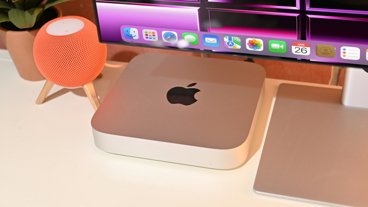

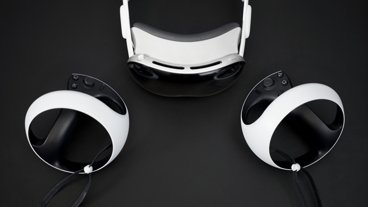
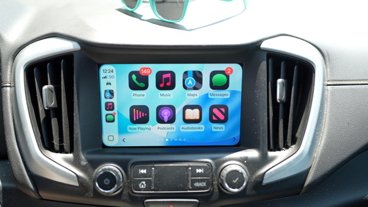

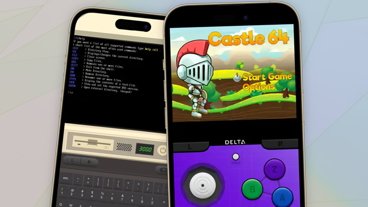
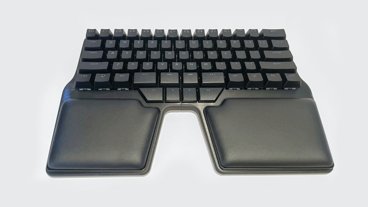
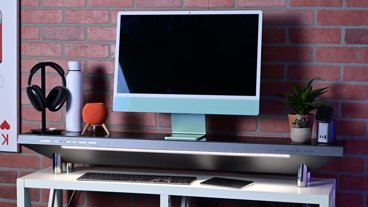


1 Comment
I created a new persona this morning. Much better than previous OS. my face looks natural (better than real -- cheaper than a facelift). Also they have better fake eyeglass frames.
I have a remote board meeting June 19 which uses Zoom. I'll get other board members views.